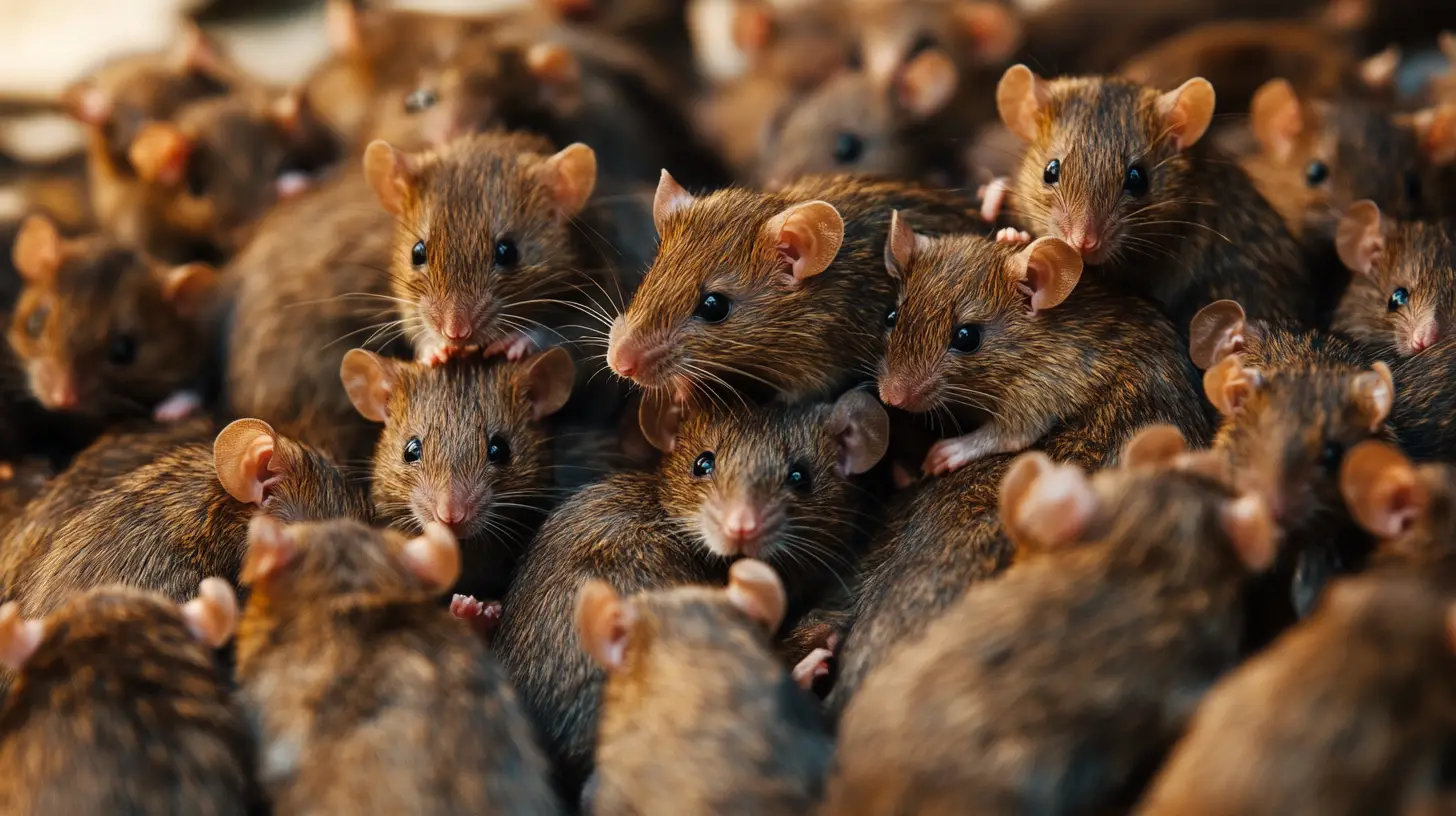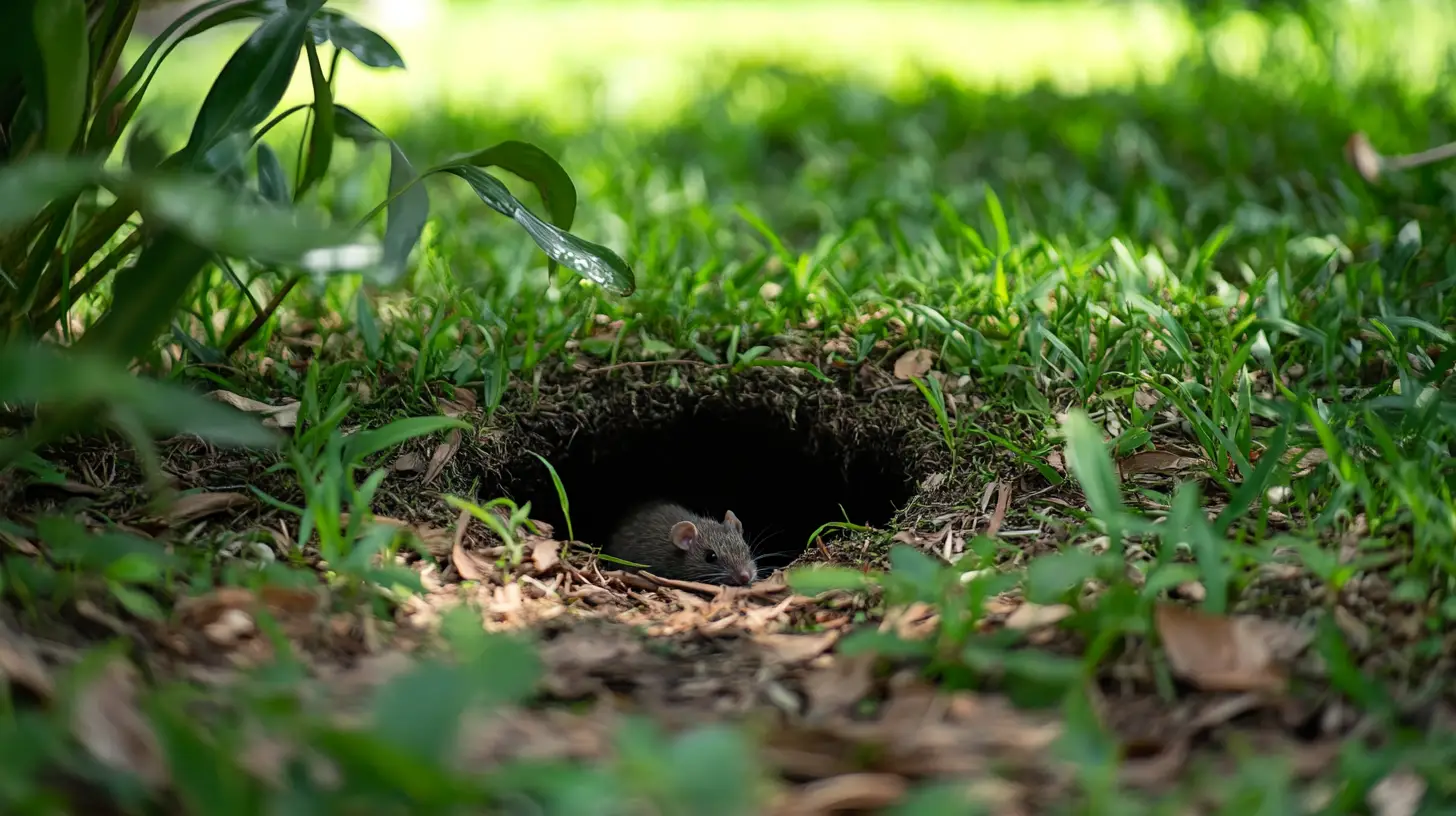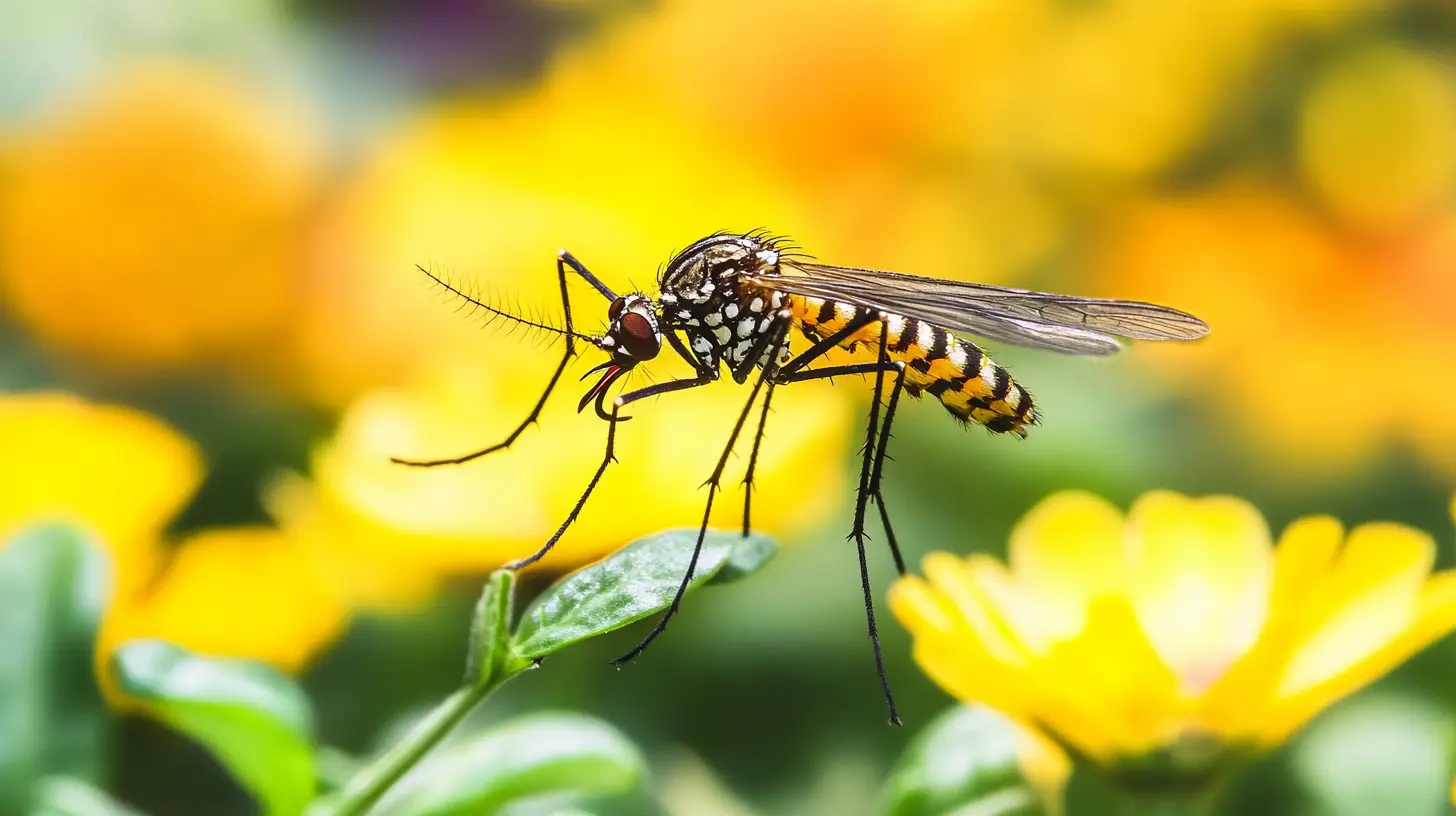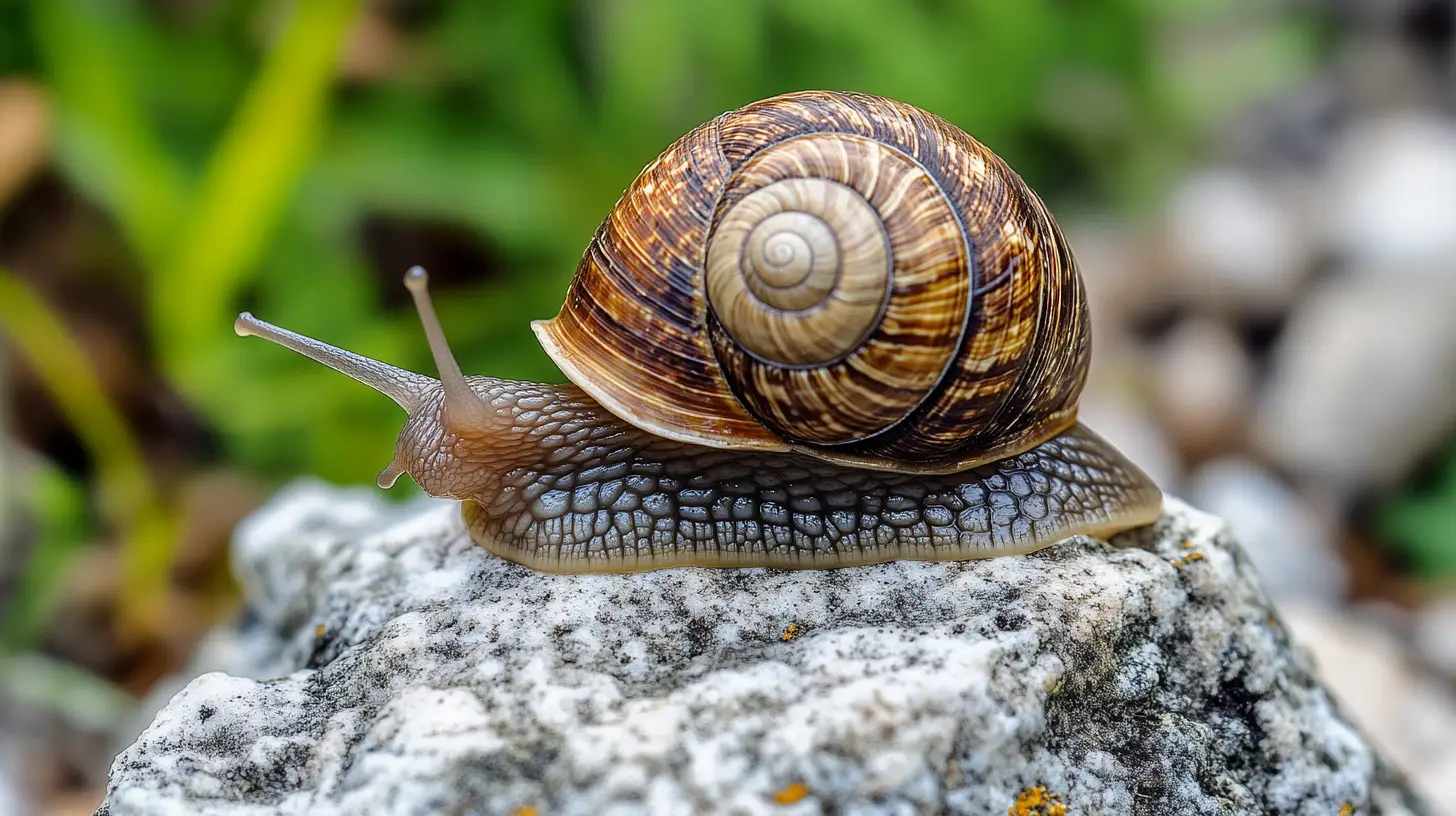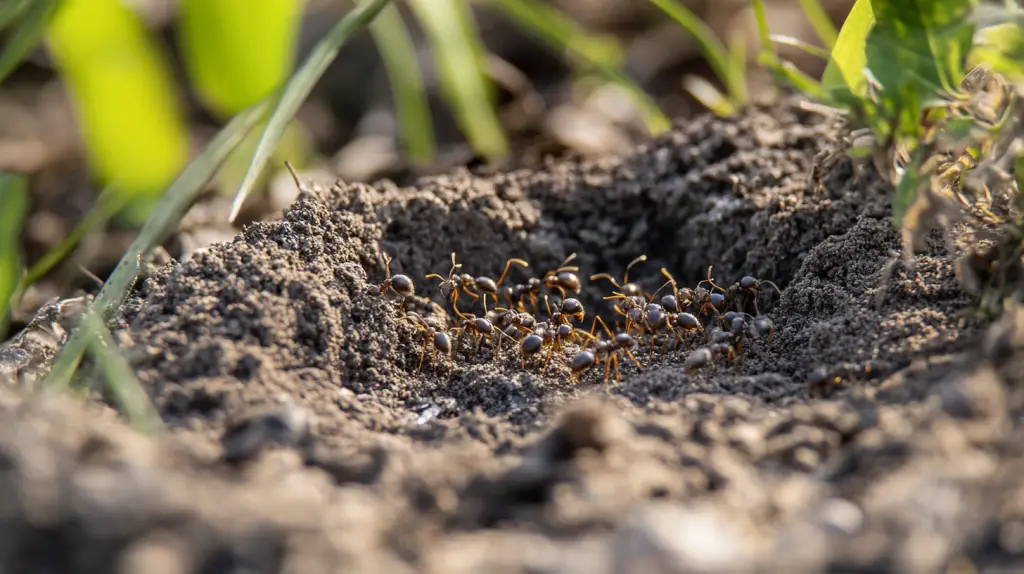
Table of Contents
If you’ve noticed tiny, dark ants with pale legs moving about your home or garden, you’re likely dealing with white-footed ants. Originally from tropical Asia, these ants have become a common nuisance in humid regions, including parts of Australia and the southeastern United States. While they don’t sting or bite, their large colonies—sometimes containing millions of ants—can spread across multiple nests, making them difficult to control. Their relentless foraging behavior and ability to thrive both indoors and outdoors make them a frustrating pest for homeowners.
White-footed ants often nest in trees, shrubs, and moist areas or even inside walls and attics. Their preference for sugary foods and honeydew leads them into kitchens and bathrooms, where they scavenge for anything sweet. They also protect aphids that damage plants, creating further problems in gardens and crops. Since these ants don’t share solid food with colony members, liquid baits are the most effective method for eradication.
To successfully get rid of white-footed ants, it’s essential to address both the nests and the food sources they rely on, preventing future infestations and keeping your home pest-free.
Key Takeaways
- White-footed ants are non-threatening but can become a significant nuisance due to their large colonies and persistent foraging behaviors, particularly in moist environments.
- Effective management begins with understanding their nesting preferences and diet, focusing on limiting access to sugary and protein-rich foods that sustain their colonies.
- These ants exhibit unique behaviors, such as not sharing food through trophallaxis, which informs targeted disruption methods, including breaking essential food chains.
- Prevention strategies are crucial, including trimming vegetation, sealing entry points, and maintaining cleanliness in kitchens and bathrooms to prevent infestations.
- White-footed ants possess a complex social structure with multiple queens, allowing rapid population growth, making swift intervention vital for controlling their numbers.
Understanding White-Footed Ants – Key Facts
White-footed ants (Technomyrmex difficilis) get their name from the light-colored tips on their legs, which make their feet appear white, setting them apart from other ant species. They are not uncommon in homes and gardens, especially given Lakewood Ranch’s lush vegetation and temperate climate.
Unlike fire ants or crazy ants, white-footed ants are non-aggressive—they neither bite nor sting. However, their sheer numbers can make them a significant nuisance.
Behavior
White-footed ants display diverse foraging behavior, searching widely for sustenance such as honeydew, dead insects, and plant secretions. Typically active at night, this species exhibits non-confrontational habits, preferring flight over fight. Uniquely, these ants don’t share food through trophallaxis; worker ants lay trophic eggs for nourishment. Their erratic movements and preference for sweet substances, like proteins and sweets, highlight their adaptability in finding nutrition.
Life Cycle
White-footed ants form enormous colonies that can have up to 3 million individuals. These colonies are usually multi-nested, meaning they are spread across several locations, each fulfilling distinct roles. Without the risk of stings, understanding their life cycle helps predict colony expansion. Since sterile workers lay eggs for nourishment, disruption methods often involve breaking food chains essential for the colony’s growth.
Habitats
White-footed ants favor dark, secluded nesting spaces, from tree trunks to kitchen crevices. Given Lakewood Ranch’s mix of urban spaces and natural settings, infested areas often offer ideal moisture levels or access to sugary foods. Vigilance in trimming vegetation and sealing potential entry points aids in managing these ants. Preventative measures are key as these ants don’t cause physical damage but create nuisances in large numbers.
White-Footed Ants in Idaho: Unique Characteristics
White-footed ants in Idaho present a unique challenge due to their exact traits and behaviors. Understanding these characteristics is crucial for anyone seeking to manage infestations effectively.
Nesting Habits
White-footed ants prefer damp environments in Idaho. They often nest in moisture-rich areas such as basements, crawl spaces, and bathrooms. This preference for moisture can drive them indoors, complicating efforts to locate and eradicate their colonies. They also occupy a range of nesting sites like decaying trees, wall voids, and old termite galleries.
Feeding Behavior
These ants have a strong preference for sugary foods and honeydew produced by aphids. They often protect aphid colonies, promoting their spread and increasing the availability of honeydew as a food source. They frequently forage for food in kitchens, pantries, and garbage areas, and can be a nuisance in both residential and commercial spaces.
Colonial Structure
These ants exhibit a highly cooperative colony structure with multiple queens and worker ants. This social structure supports rapid population growth, making infestations persist if not addressed decisively. As colonies expand, understanding their organization can aid in creating targeted strategies to disrupt and manage their numbers effectively.
Behaviors of White-Footed Ants: How They Behave
Understanding the behaviors of white-footed ants provides essential insights for managing their presence effectively in Lakewood Ranch or any similar area. These ants, though non-aggressive, can become a important nuisance due to their extensive colonies and foraging habits.
Foraging Patterns
White-footed ants exhibit wide-ranging foraging activities in search of sweet and protein-rich foods. They tend to explore along branches and trunks of trees and shrubs filled with nectars or sap-sucking insects like aphids and scales that produce honeydew. They also scavenge dead insects, plant secretions, and other protein sources. Address these food sources when attempting to manage these ants effectively in your environment.
Nesting Habits
These ants prefer nesting in dark, secluded spaces, often establishing colonies with satellite nests in moist, vegetation-rich areas. In regions like Lakewood Ranch, they might nest in trees, shrubs, basements, or within building structures. Regular maintenance of surrounding vegetation and sealing possible entry points into your home are crucial steps for preventing infestations.
Social Structure
The complex social structure of white-footed ants includes multiple queens and exact castes with designated roles, allowing their colonies to grow rapidly and thrive. Unlike many other ant species, they don’t share food directly but rely on trophic eggs for nourishment within the colony. This biological method of sustenance contributes to their successful proliferation. Recognizing their unique social behavior facilitates the development of strategic approaches to counter their infestations.
Comprehending these behaviors and characteristics helps in determining more effective ant control measures, ensuring minimal disruption to beneficial organisms and maintaining a balanced network in areas like Lakewood Ranch.
Frequently Asked Questions (FAQs)
What are white-footed ants?
White-footed ants are small, dark ants distinguished by their pale legs. They are commonly found in homes and gardens, particularly in areas with lush vegetation and a temperate climate, such as Australia and Lakewood Ranch.
What do white-footed ants eat?
These ants primarily feed on sugary substances like honeydew, plant secretions, and nectar. They also consume protein sources such as dead insects. They do not engage in trophallaxis but lay trophic eggs for nourishment within the colony.
How can I prevent white-footed ant infestations?
To prevent infestations, regularly trim vegetation away from your home and seal potential entry points. Ensure good moisture control inside your home, particularly in basements and crawl spaces, as these ants favor damp environments.
Where do white-footed ants typically nest?
White-footed ants often nest in moist areas outdoors like under loose bark or inside decaying tree trunks. Indoors, they prefer moisture-rich areas such as wall voids, bathrooms, and kitchens.
Do white-footed ants cause structural damage?
No, white-footed ants do not cause structural damage. However, their presence can be a nuisance due to their large colony sizes and foraging habits.
Are white-footed ants found beyond Australia and Lakewood Ranch?
Yes, besides these regions, they can pose challenges in various areas, including Idaho, where they thrive in moist, secluded locations like basements and crawl spaces.
How can one manage an infestation of white-footed ants in Idaho?
Effective management in Idaho includes targeting their preferred damp areas and using baits that cater to their dietary preferences of sweet and protein-rich foods. Their complex social structure demands strategic ant control measures.
What makes the colony structure of white-footed ants unique?
The colony structure is highly organized, with millions of ants fulfilling distinct roles, supported by multiple queens. This structure facilitates rapid population growth and requires an understanding to devise effective ant control strategies.
What time of day do white-footed ants usually forage?
White-footed ants have diverse foraging behavior, primarily active at night. They search extensively for honeydew, nectar, and other food sources along branches and inside buildings.

